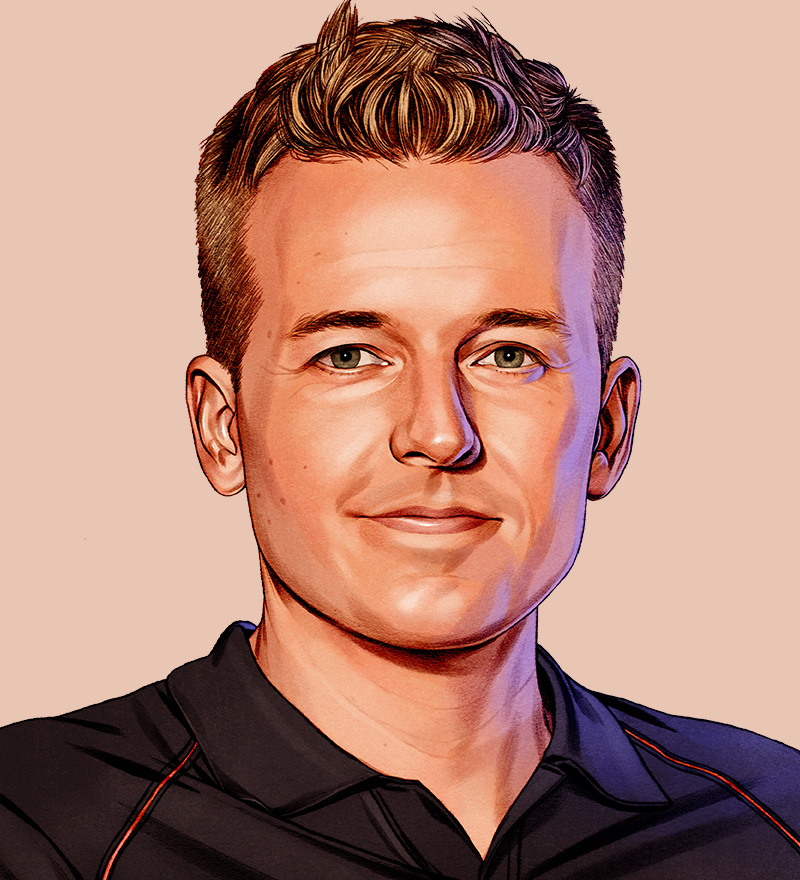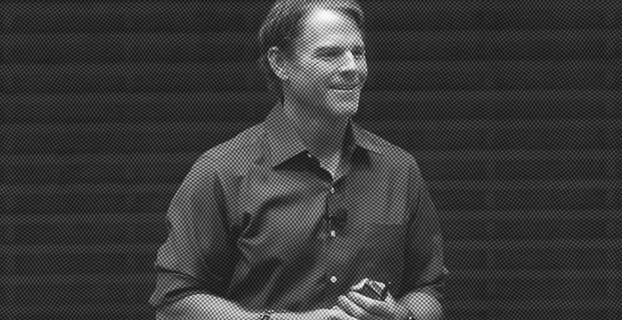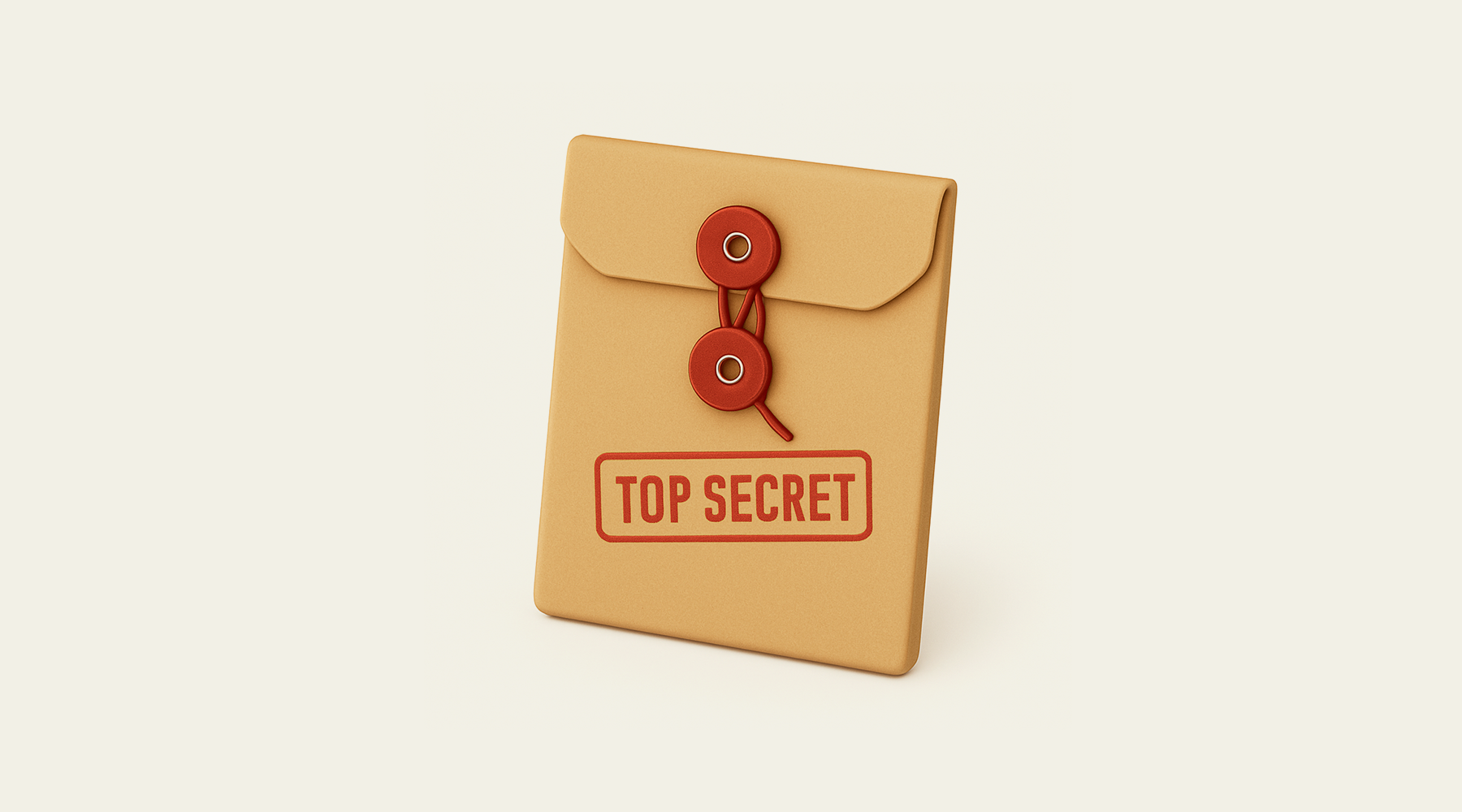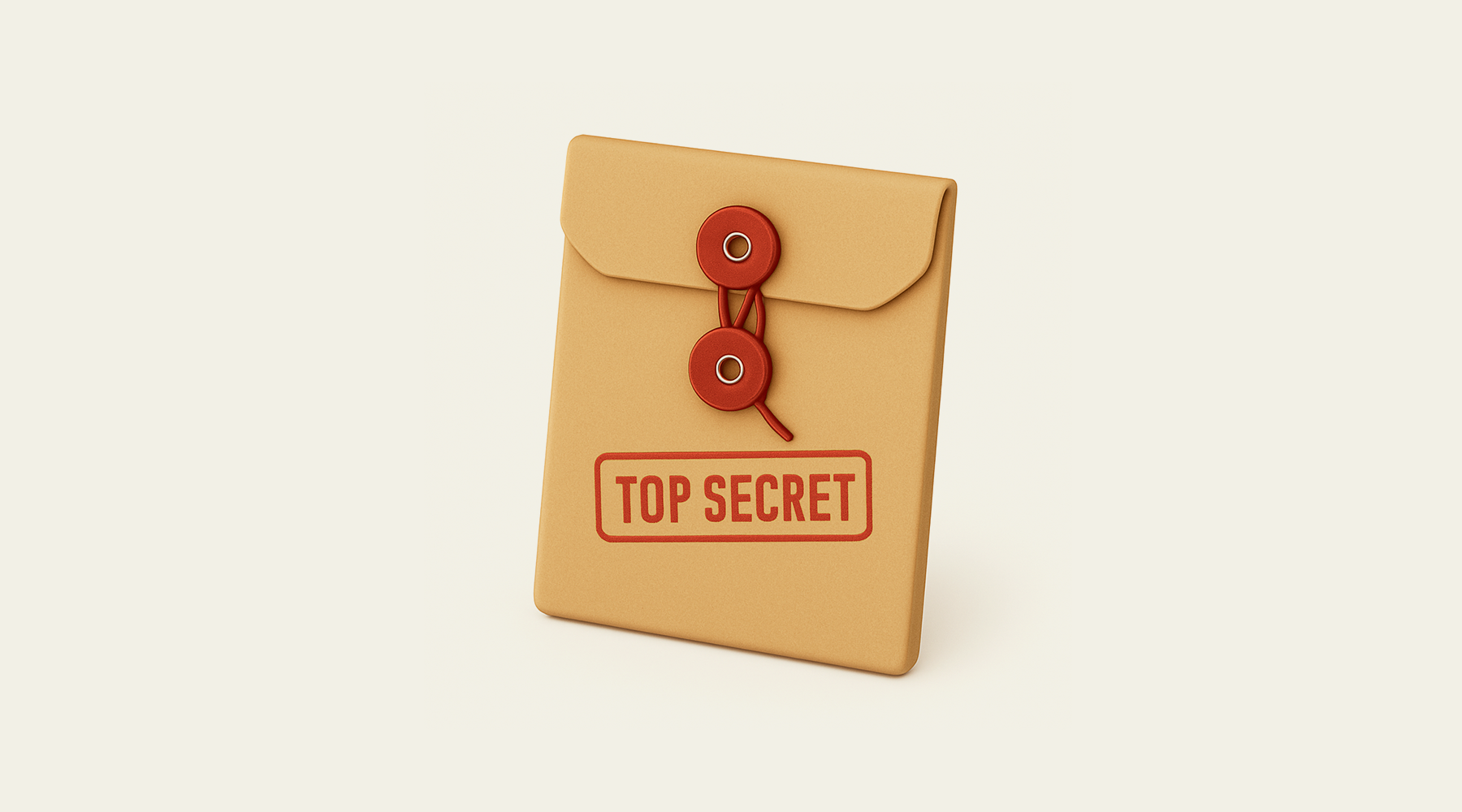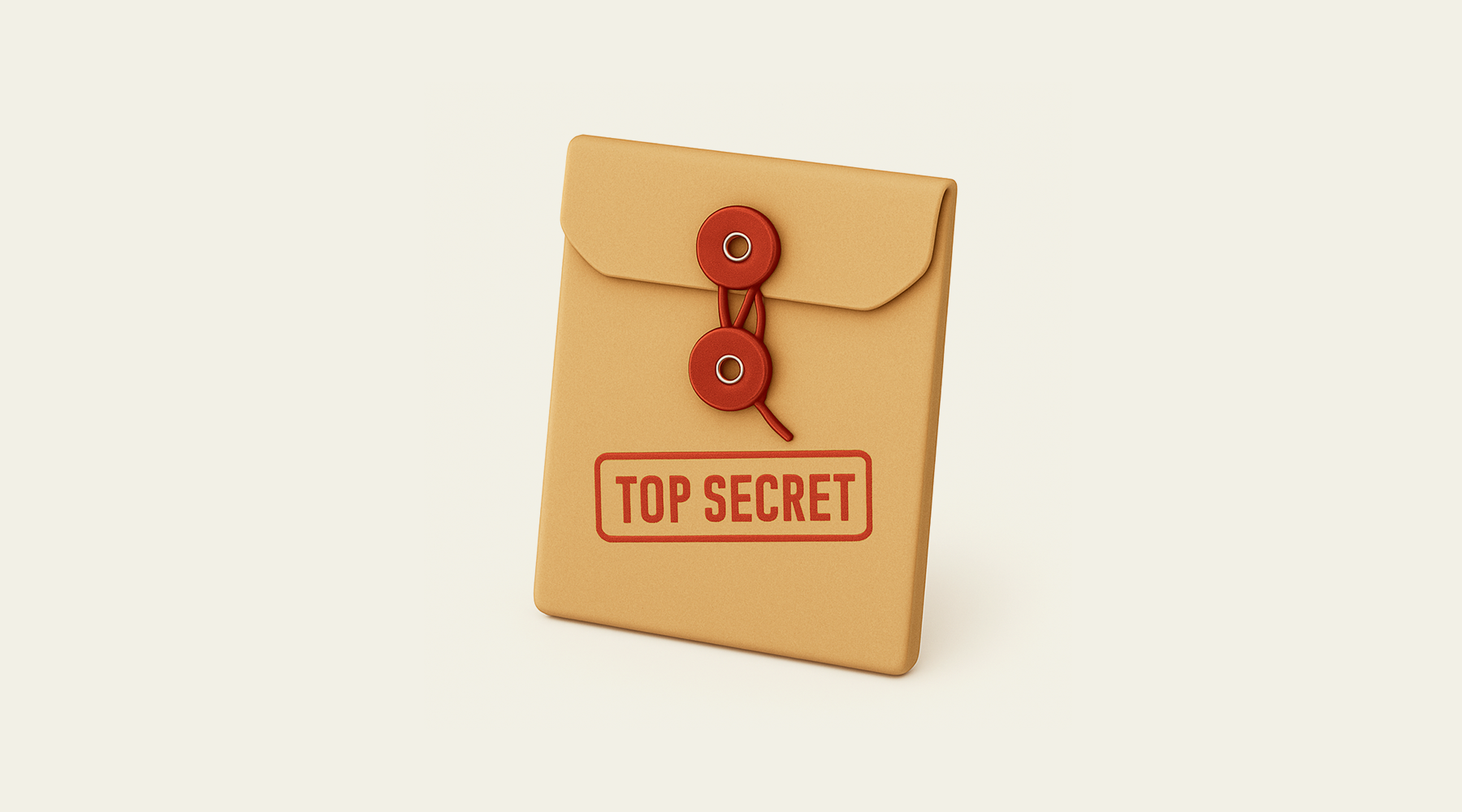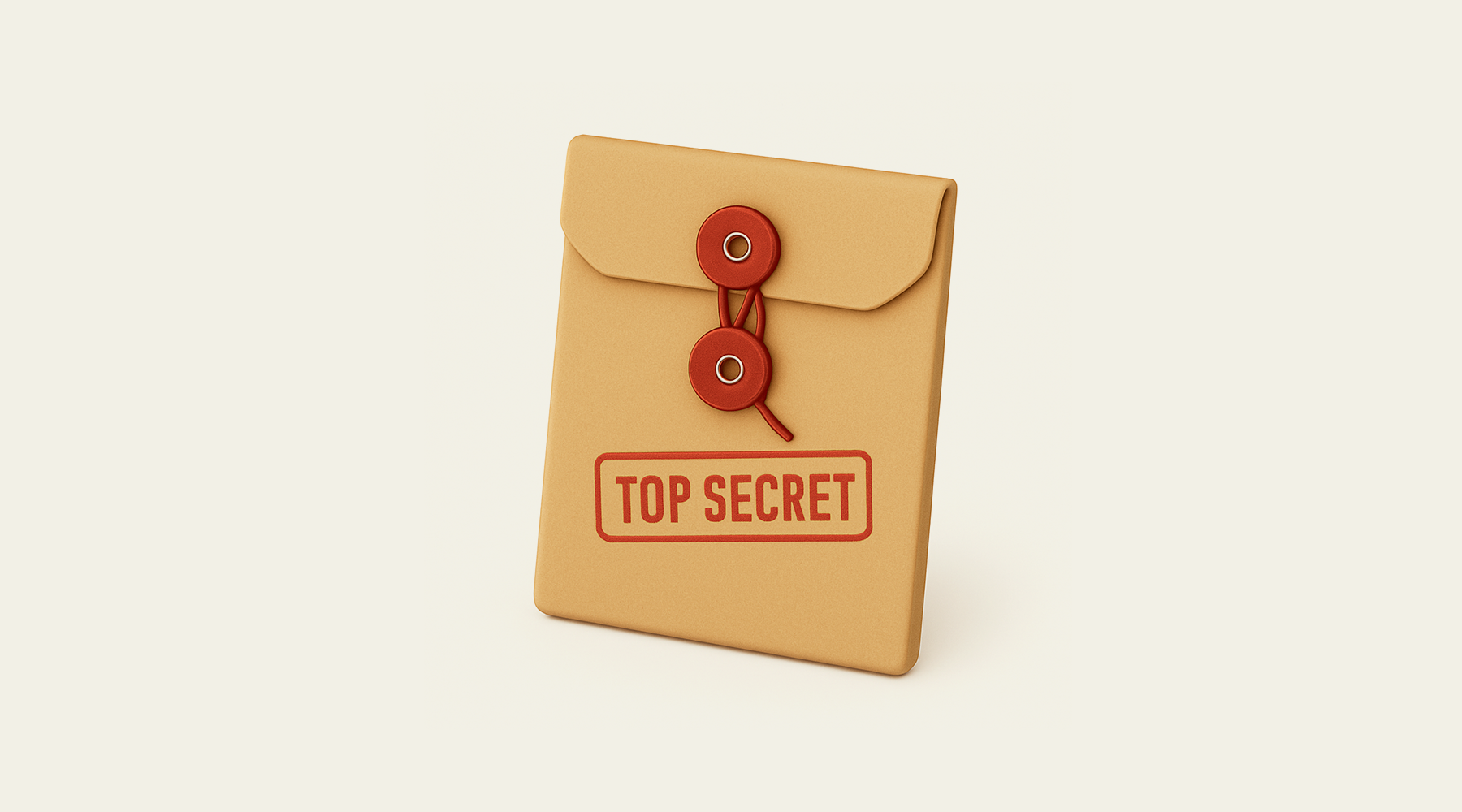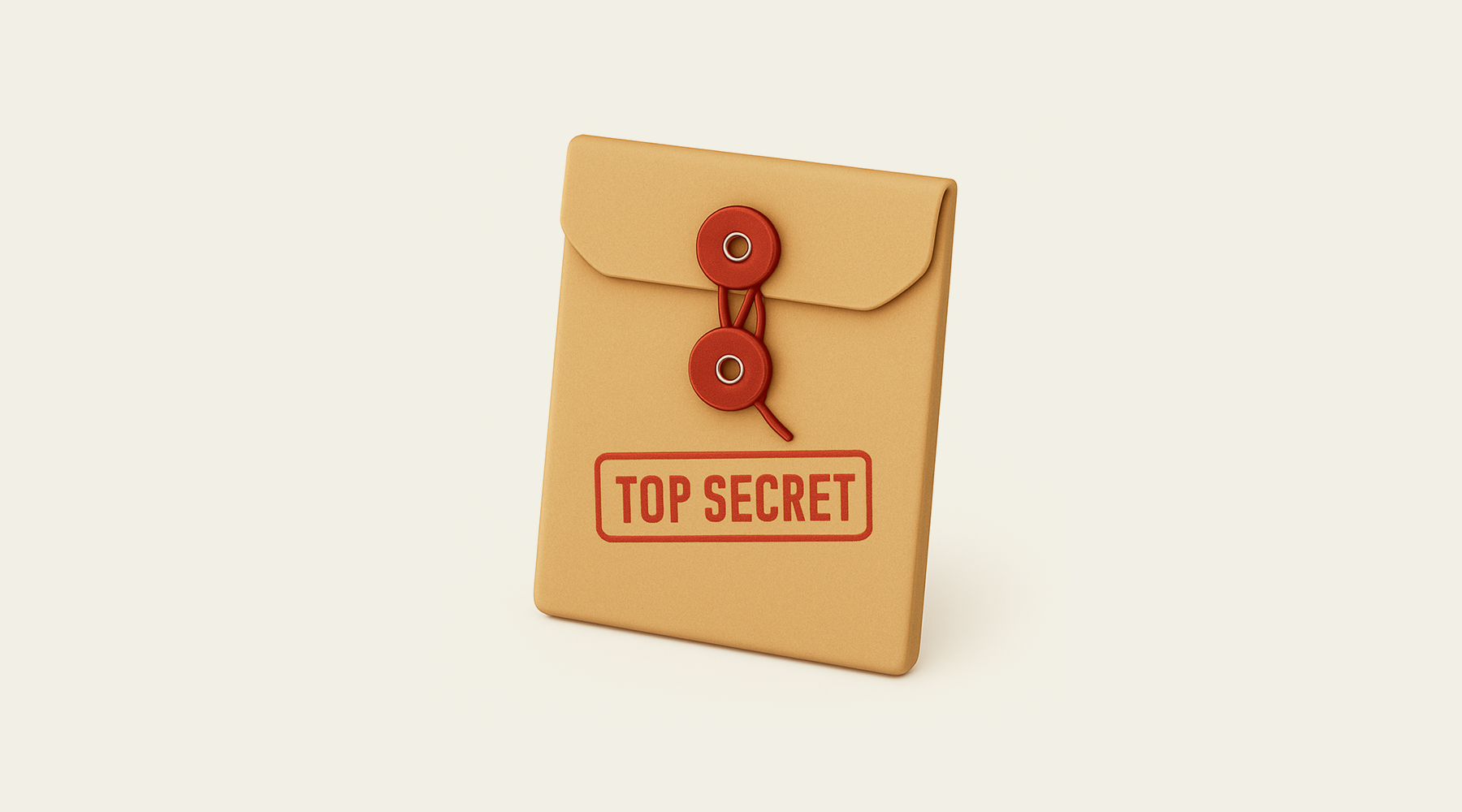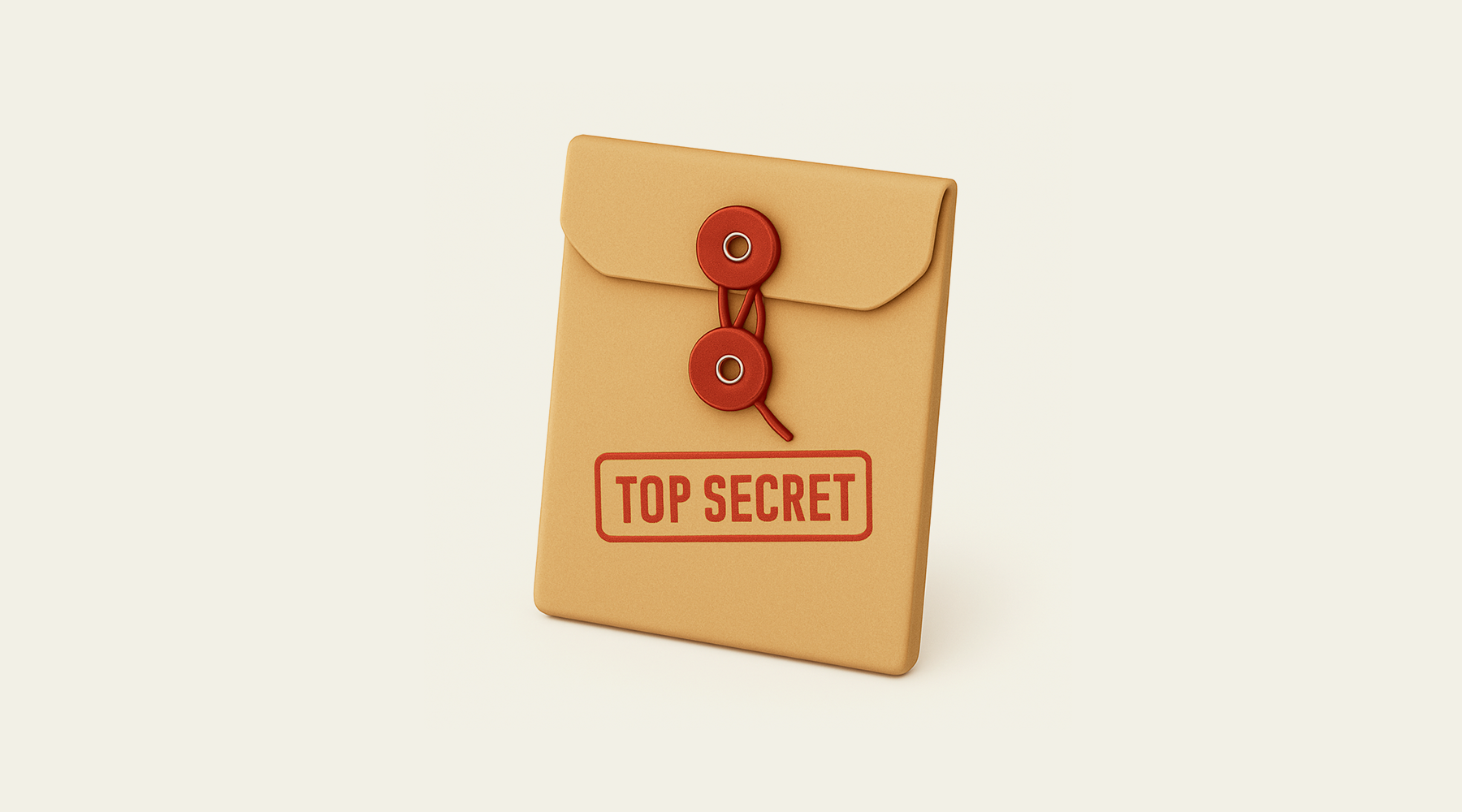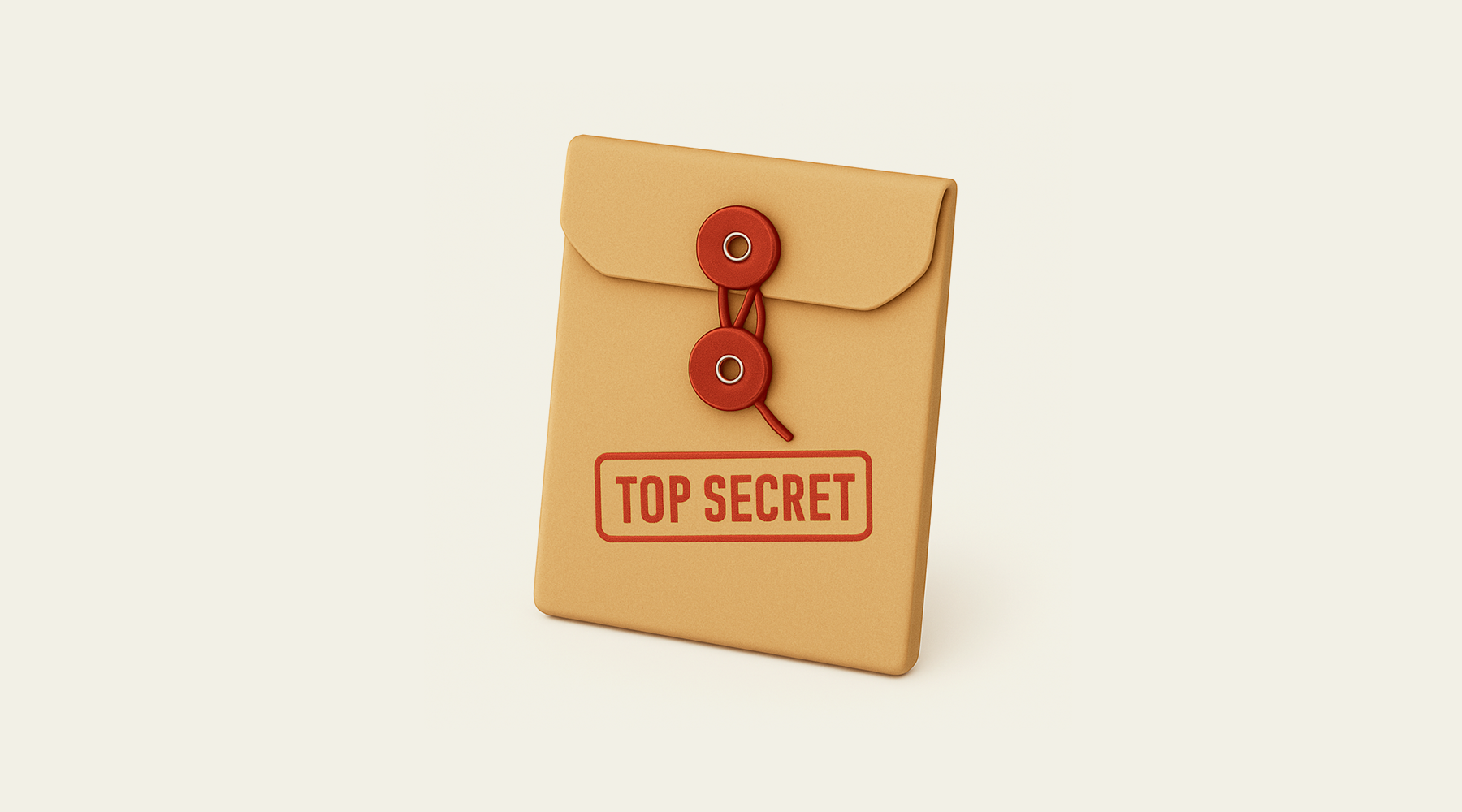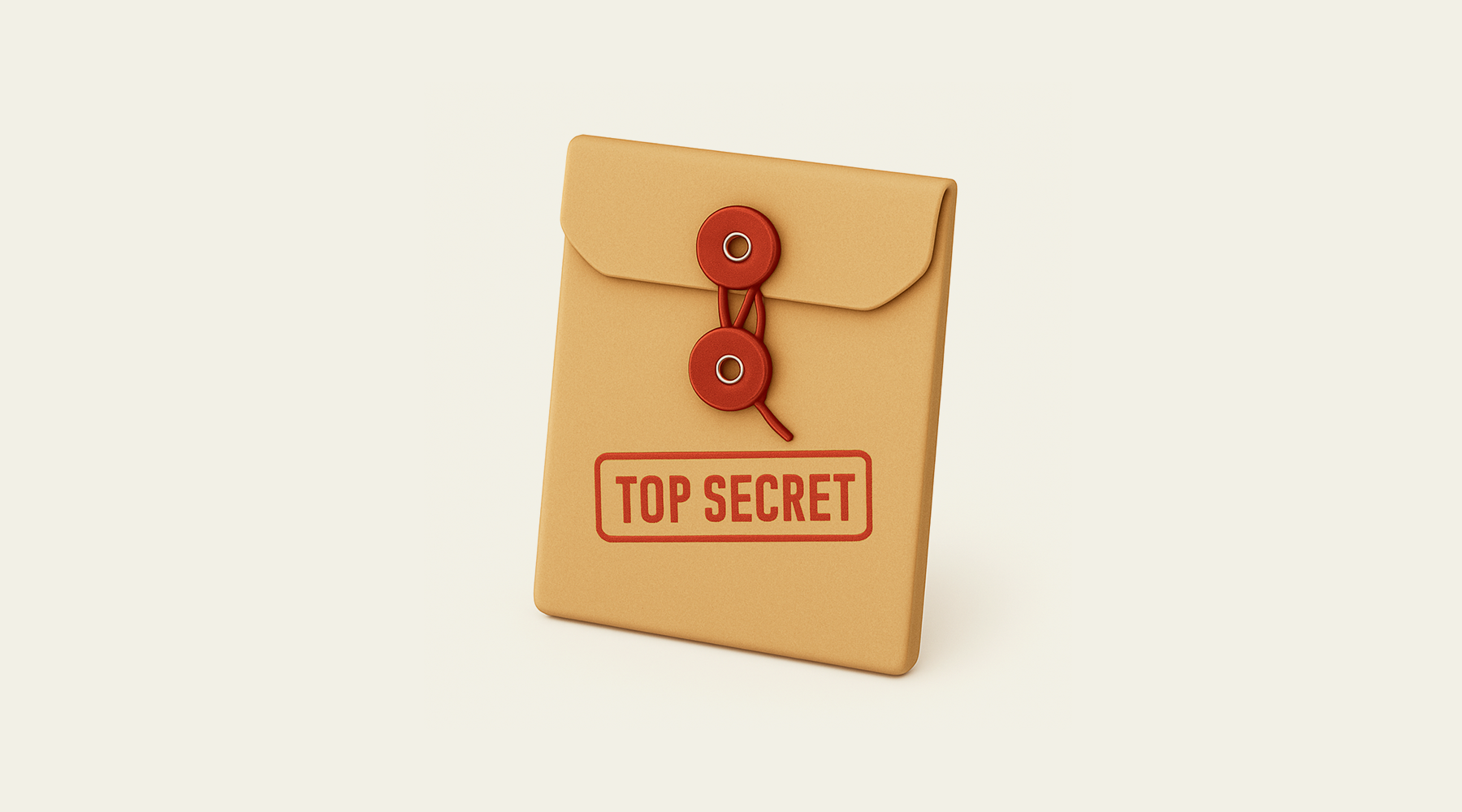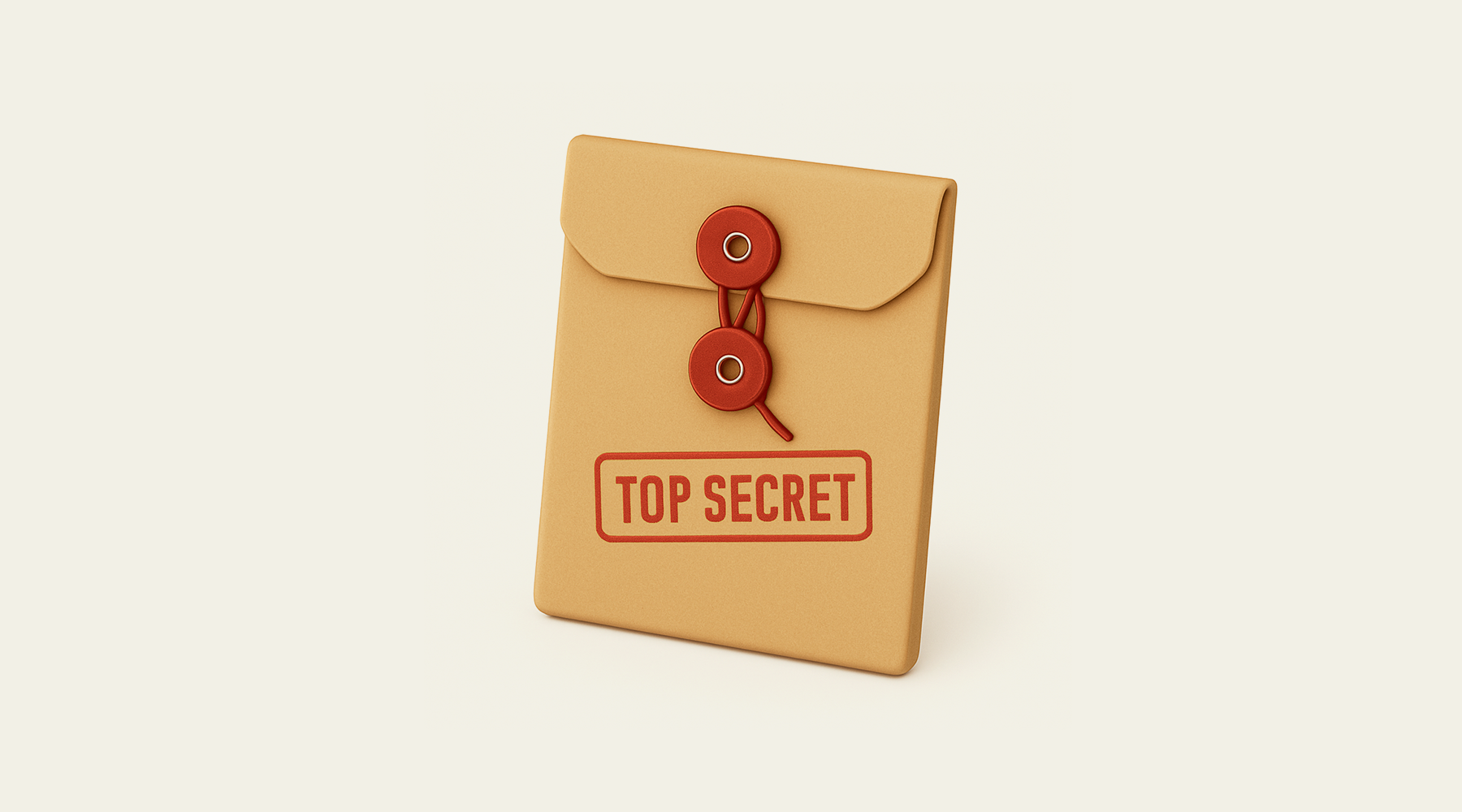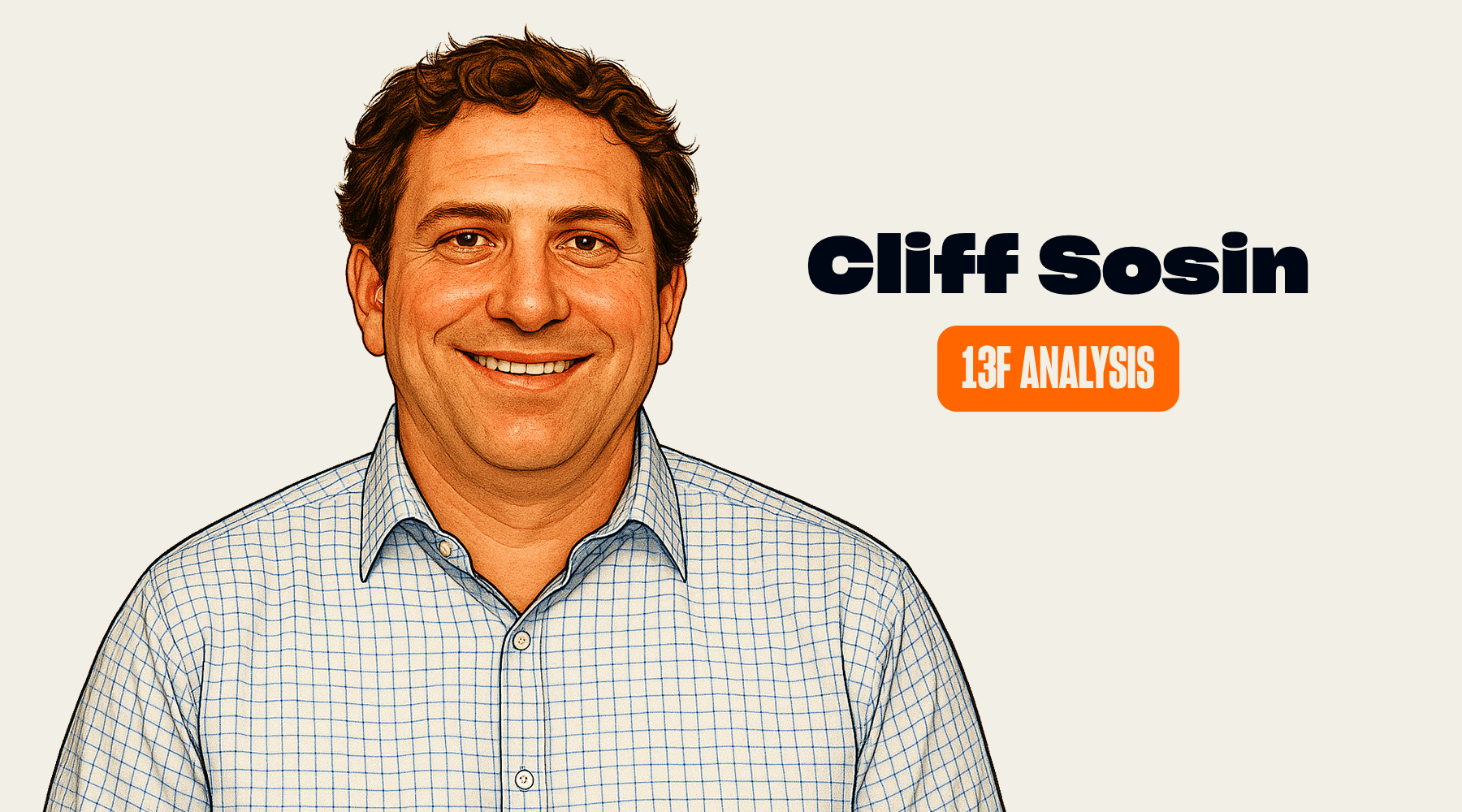In 2023, Graham Weaver was invited to give a lecture as part of Stanford Graduate School of Business' Last Lecture Series. He shared four ways to live an asymmetric life by weaving stories together from his own life. It's a meditation on overcoming the hardest times in your life and using them to create the best outcomes.
He answers the question: How do you create an asymmetric life?
Graham Weaver's Lecture
20 years ago, I'm in this meeting. There's this huge conference table that seats 20 people and I'm the only one there. I'm in the 29th floor in the financial district. There's this window. I can see the entire bay and Alcatraz and everything. And again, I'm about your age at this time. It's a conference room in my largest investor, this guy, I'll call him Joe. And Joe is this bigger than life person, hedge fund, magnet household name. And I'm sitting there and I am petrified, I'm shaking and my throat is dry and I can hear Joe walking toward me. And then I hear the knob turn and he walks in as he always did, just huge personality. Graham, he's all excited. And I'm sitting there and he sits down and he can see something's really wrong. I tell Joe that his investment in my firm is down 50%. He's lost half his money. And it wasn't his firm's money, it was his personal money. And I can just see the energy drain out of him. And the worst part is he's trying so hard to be positive because he knows if he says the wrong thing, he's just going to crush me because I was so fragile and he was, he's my largest investor.
I had been told no by over a hundred people raising my first fund. And there were about five or six people like Joe who said yes because not because I had any track record, I didn't because he believed in me, just me. He was investing in Graham Weaver and that's what I had to show for him. I lost half his money and it was the worst day of my career at that point. And even to this day, the thing that I thought I knew about investing back then, it was all wrong. What I thought I knew at the time was rule one, don't lose money. And rule two, never forget rule one. So I spent all that time, I spent all that time just playing small, just trying to protect my downside, trying not to lose really hard. So we bought businesses at a discount to their net asset value.
And even when things went right, it didn't go that right. But there were three times I wrote literally in an investment memo that it is mathematically impossible to lose money on this investment. And we lost money all three times. So what I learned is that it's kind of like imagine you start dating and your only purpose of dating is not get your heartbroken and you're going to have one foot in and one foot out. And even if you have a good data, it's not going to be that great. You're not really in it, but the more likely outcome is you're going to guarantee the very outcome you're trying to avoid, which is you're going to get your heartbroken. And so I started deciding over the next 30 years, I started realizing that that was 180 degrees from what I should be doing in investing. That no matter what you do in this life, if you're going to invest, there's going to be downside.
You're never going to get that to zero. You can reduce it maybe a little bit, but the more valuable part and the magic is what can you do on the upside when it goes right In class I write assume success. What happens if things go well in 30 years of being a professional investor? I can summarize great investing in a single word, which is asymmetry. And you are looking for the biggest possible outcome relative to your risk. And your risk typically is just losing one times your money. That's all you're going to lose. So you want to be stacking criteria on top of each other where it becomes asymmetric. So for example, if you have the criteria of an amazing management team that is going to work super hard and hire well, and they're going to be in this industry that's got infinite capacity and they could redeploy capital at high rates of return and you can hold it for 10 years and they want to keep going and you stack those on top of each other, they don't stack linearly, they stack log rhythmically and you can have an almost infinite outcome.
You're not playing for one and a half or two times your money as we were in the early days. You can be playing for 10, 20, 50, a hundred times your money with that criteria and you don't have to do many of those investments in your lifetime. So as I started realizing that this was how I was living my life investing, it also was how I was living my personal life and I was just playing small. I was playing not to lose. I was just trying not to lose. And so what I'm going to share with you today is how to live an asymmetric life and there are four principles and if you get one of these principles right, you will dramatically, dramatically improve your life. If you get two or three right, you'll have this magical incredible life. But if you can run the table on all four, you can have literally an infinite life.
You can have almost anything that you want and you can live with joy and you can just sustain and you can have energy and you can sustain that for decades. And I can tell you this from experience principle one is do hard things. So we have this view, we have this thought that life is supposed to be easy and that comfort is where we're going to gain happiness. So you can order harmony bowl from sweet greens on your app. You can binge watch succession and ted lasso and you can have a life of ease and that will give you a quick hit of dopamine. But make no mistake, that is not the path. It is exactly the opposite. I rode crew in college and the way you measure progress in rowing and the way you kind of determine what boat you're going to as Logan was saying, is you have an ER test, you sit on a rowing machine, you row 2000 meters as hard as you can, and the saying is, if you get done with that ER test and can pull one more stroke, you didn't pull hard enough.
So it's going to hurt no matter what you do, it's going to hurt. Well throughout the course of the season, the day that I'd show up, which would be like September 1st, from that date all the way through March, I would improve my ERG time by 20 seconds roughly from the first day with all conditioning, everything we do. So a big part of that would be rowing stadium stairs, lifting weights and on and on. It was grueling and it was a lot, but all that stuff I just said would take about six months and only 10 seconds of that 20 would come from that. The other 10 seconds would come in the first two weeks. You're like, what? So what happened in the first two weeks to give you 10 seconds? I'll tell you what didn't happen. You didn't change your cardiovascular fitness, you didn't change your strength, you didn't change your VO two max or your technique. All you changed is your comfort to be uncomfortable. You realize that you could push yourself a lot harder than you thought you could. That's all that changed. That was half of the gains I would get all year would just be me reminding myself that I had a lot more than I thought I did. And that at 750 meters with when my heart rate's 175 beats a minute, I'm not. I can keep going.
This chart right here shows our lives and this is what happens. We get kind of complacent or we get comfortable and if we want to move forward and get to the next peak, the magic is to understand that your life is almost always going to get worse first. Any change that you want to make is almost always going to get worse first. So you're in a relationship and you have to have a hard conversation. That particular night your life is going to get a little worse and then you're going to come out the other end, it's going to get better. Or if you need to leave a relationship that you shouldn't be in the first place, you life's going to get worse first. If you want to change careers and you want to learn something new, you're going to go down a learning curve. Your salary is probably going to go down.
You're going to not be good at your job when you first start. Your life's going to get worse. First, you want to start a new habit, you want to take a cold shower, you want to meditate, you want to start exercising. It's going to get worse first, and you're going to follow this pattern, but you need to realize that the thing that's keeping you there is the first move is always going to be worse. And eventually what's going to happen is these downward curves are going to get a lot shallower. You know what the biggest part of that curve is? It's just fear year. The biggest part of that curve is just fear. So the more you put yourself in situations where you do hard things, the shallower and shallower those divots are going to get because you're going to remove that fear. Just like I mentioned in the rowing example, I had no fear at 2000 meters or 1500 meters. Everything that you want in this life is on the other side of worst. First, if you want to have an asymmetric life, do hard things. The second principle, if you want to have an asymmetric life, do your thing. Do your thing. When I graduated from school, probably like many of you, I had a choice to make. There were basically two options.
There was a firm that came to recruit on campus and I knew I could do it as what I did before business school. It was a big private equity firm. There was a number of my classmates went with me, there was a salary and a bonus and free lunches and it was really clear. And then there was another path, which is I'd done these as late. Logan said, I'd started doing this crazy stuff in business school with buying companies on my credit cards, but I was like, I don't even know how that's going to work. I don't know what that looks like. I don't know how to get started. I don't know how to raise money, whatever. So I chose the path of going to the big firm. Lemme tell you what happened during that time. My boss is like, here's what you need to do to be vice president. Here's your goalposts. So I'm going to sprint like hell to those gold posts as fast as I can as all of you are because you're competitive and you want to go there. I got on early flights and would start bidding on businesses and they'd tell me which companies to go to and I would do those and I threw myself in with everything that I had. And if I had kids at the time, I would've been home late and I would've missed little league games. And the thing is,
Buddha figured out something 2,800 years ago, the first principle of Buddhism, which is called duka, which is that there's going to be suffering either way. There's no easy path, there's no safe path, there's no path of ease. There's no path that's going to make everything right. You're going to suffer either way. I'm sorry to be the one to tell you that, but I'm 20 years out of school and it's the truth, truth thing I'm probably going to say today, life is suffering. And so choose something worth suffering for.
The other thing you're missing in this equation of your is you're going to do an expected value calculation. But there's one thing, you're not factoring into that equation, which is you're not factoring in you when you're turned on. I went to this dinner in New York and it was a bunch of other private, it was ridiculous. This dinner, there's a whole bunch of private equity people there, and we go to this restaurant in New York, it's one of those restaurants that has the ice and the fishes heads are in the ice and you can go up and you point to the fish that you want. And for the privilege of doing that, you pay four times more for the same fish, but they're in the ice. And then we had a reservation at eight o'clock at night, even with a reservation, we still didn't get seated till nine 15, which is my bedtime typically.
And then we're at the dinner and this one woman comes in with a driver and everything, and she's from the Hamptons. If I had a counter, she said the words Hamptons probably 13 times at dinner. I was like, just out of curiosity, do you happen to have a place in the Hamptons because I'm kind of confused, but there's this one guy there, Dave and Dave is in the same business. He's in the same role as me. We're in the same, he's at a competing firm. And Dave starts going off. Dave is like, I just won this deal. You won't believe this. Here's what happened. There was this debt. This is what we did on the debt covenants. We didn't step 'em down. We had the debt to EBITDA that didn't step down for two quarters. We're going to save 50 basis points on our interest.
And we used pro forma adjusted trailing 12 months yesterday, EBITDA times 365 and we therefore we're getting an extra quarter of a turn of debt. And that's going to help our, and he's going on and on and on. And I'm thinking, Dave thinks he's colonizing Mars. He's so excited about this in his head he's, he's colonizing Mars. And I'm thinking to myself, two things I'm thinking first Dave is going to kick my ass because I don't care at all about any of this stuff. And the other thing I realized is that this is what Dave had written his business school essay about. He was living it. He was doing the thing that he wanted to be doing, and you're not going to win doing someone else's dream. You can survive for a little while, but you're not going to win. If you want to live an asymmetric life, do hard things and do your thing.
The third principle is do it for decades. And this is one that probably a lot of people don't want to hear. So I have conversations with a lot of you and the conversation will go something like this. My roommate's sister's friend Megan, is trading Dogecoin and made $2 million and that could have been me. I just wasn't in the right place at the right time. And her friend Kristen is day trading board, ape NFTs and makes $30,000 of passive income and all this stuff. And that could have been you if you were just in the right place, but you're all behind. You're not there yet. You're way behind where you should be. And I thought that same thing when I was here. When I was here. It was internet 1.0, B2C pet food.com. My classmates all went into that and Dave at that dinner had asked me, although Dave was not a good conversationalist, so he never asked me, but had Dave asked me about what I was excited about, I would've talked about building this little label business.
I would've talked about the culture we were trying to build at this company. I would've talked about how we punched way above our weight and we hired this person for his attributes and no one thought of this. And we pulled him from this public company and then we were putting lean manufacturing in the plant. We were building a culture where people wanted to stay and spend their lives. And we were training people from high school to be press operators. And Dave would've been like, Graham thinks he's freaking changing the world with this little label business.
So what we didn't factor in at the time was I was willing to just keep going because I loved it. If you think of the equation for returns, it's one plus R to the n. N is quadratic. The N is the number of years you compound. That's the most powerful part of the equation is N. And so if you think of me, my rate of growth, it almost doesn't matter. I'm growing every year, year three, I'm a better CEO than I was in year two. And in year five I'm better than I was in year four, but year 23, I'm in year 23. And if you take that R, which is how fast you're improving and you can work on that RA little bit with executive coaching and writing out your goals and meditating and trying to work and be good at your job and now you put a 23 on it, you can be the best in the world.
It's just about how long you're willing to do it. That's the most powerful factor. And there is no obstacle that will not yield to you excited about something for a decade or longer. If you want to have an asymmetric life, do hard things, do your thing and do it for decades. The fourth and final point is the most important of all. In 2008 we had just started. We finally got going at Alpine. Things are we're starting to get going and bam, we just got flattened. By the recession, I mean flattened, we were not well positioned. It turned out we wouldn't raise a fund for five years, train my savings account to make payroll. We had seven companies in default, including our largest business was in default at the time.
So for some reason during that time, I had lunch with this guy named JP Flom and he was an executive coach. I was like, what the hell's an executive coach? That sounds, I had no idea what that even was, but he was super, super persuasive and he's like, Hey, let me level with you. It ain't going so great in the executive coaching business right now either. So I'm going to give you this incredible thing that I just pitched you for half price, which was still a ton of money for me, which I just drained my savings account. And I don't know why to this day that I said yes. I don't know why, but I did. I said yes. So I hired my first ever executive coach. I would not know it until much later that I actually hired probably one of the best coaches in the world. We start talking about the largest business that we have and how it's not going well. And he's like, well, what's going on? What are you doing? How's this going? And I said, jp, have you not seen the news in the last year? The market's down 50%. Lehman Brothers blew up. Merrill Lynch just got bought. Banks aren't lending we're toast.
He's like, well, it sounds like you're just kind of helpless. Then Graham. And then he's like, sorry. So I was like, all right, well, what do we do? He's like, all right, here's what we're going to do. We're going to write a story, and there's three rules to writing this story. The first one is it's going to take place five years from now. We're going to get out of the fog of war. You can't look past where you are, six inches in front of your face. Let's go out five years. The second rule is, let's start with Nirvana. I don't want to hear something that's mediocre. I want to hear what would happen. What would you do if you knew you would not fail? What would be your genie goal? As Logan said, and third, he said, how is the killer of all great dreams? Forget the how. I don't care about the how right now. I just want to hear about the dream. Turns out with those three rules, it's pretty fun exercise.
I get to go out five years, I don't have to worry about how I'm going to do it, and I get to pick anything I want. Who doesn't want to do that? So we put in place this plan for this one company. We just started with one company and what we basically said is, alright, we're going to hire this best, CEO you could imagine in the world, the CEO is going to build this incredible team. Our technology is going to be better than anyone else, and therefore we're going to have better uptime. We're going to hire the sales team. We're going to start winning contracts. We've been losing all of 'em. We're going to, and then we're going to start buying competitors because they're down too and we can do add on. And we had this incredible thing and I was like, and that was really fun.
And then I started saying, well, that was great, but there's no way we're going to do that. It was just so aspirational. Aspirational, by the way, is a euphemism for how the hell are we going to, no way that's going to happen. It was aspirational. So he's like, well, what's the first step? First step is hire a CEO. It turns out in 2008, a recession, that's a pretty good time to hire a CEO. We spent six months and we brought on the best CE. His name's Mark str, and he's a great friend of mine now. He's a partner at Alpine now. And so we brought him on, we started doing exactly what we talked about. We started building the team. We started building the technology. We've had better uptime. And then when Mark and his team got going after 18 months, we won every single contract that came up in that business for the next two years except one. And we just started stomping on our competitors. And by the way, the industry didn't change. The market didn't change. Our competitors didn't change. We changed. We just changed our story. That's all we did. We changed our story.
Don't write a story about what happens. Write your story and then make it happen. And there's so much magic in this. You put out the thing in the universe that you want to happen and the universe responds and that sounds like woo woo. You're like, oh God, here we go. Universe responds. But what's really happening, what's really happening is you're putting on blinders to where you want to go. You're making goals. You're aligning your day to where you want to go. You're attracting people that want to go to the same place that you want to go. So it is the universe, but it's actually, there's some mechanics behind it too that make it happen. After that experience, I was onto something. I was like, this is magic, pure magic. We started writing stories at Alpine about everything. We wrote stories about how we could have MBAs become CEOs right when they graduate. We wrote stories about building cultures where people would want to spend their whole careers, where people could feel like they mattered and feel like their life had meaning and that they were contributing. We wrote stories about companies, we wrote stories about sourcing, and just pretty much every single thing we ever wrote came true. From that point on. I had the privilege of meeting with Joe
Very recently, from the very first story I told you and
Joe, this is 20 years after the first story. And Joe stayed. I didn't tell you what Joe was incredibly gracious. I could tell how hard it was for him to do that, but he was gracious. He too had had some struggles in his early days and he understood that things take time and that they're hard. So he stayed with us and he was a supporter of us for the last 20 years. So Joe left the hedge fund and he devoted his life to climate change. So we sit down and then we had an hour meeting. We spend the first 55 minutes hearing all about climate change and all the stuff he's working on, and he's just bouncing off the walls. He's so excited. He was doing his thing. And then as we do every single time that we meet, I give him our deck and our performance sheet. And Joe's been a big investor of ours and his foundation that does climate change is our investor. And he looks at this sheet and he just looked at me and he just said, God, Graham, you did it.
You did it 23 years later, this is amazing. He said, thank you. And just like back then when I had to have that meeting over and over, I had the privilege of having this meeting over and over and I meet with college endowments and boards that will say, literally, you've helped us fund 10 years of financial aid for our school or another university shows us that this is going to go a huge part of the budget toward the buildings that they're building. Or we have investors that are running cancer foundations and are doing climate change work. And it's been a long ride, but a really glorious one. And I go back to that meeting with Dave who said, Graham's buying these stupid label printing companies and thinks he's changing the world. And I'm maybe having hopefully a little bit of an impact. So where does this leave all of you? All of you right now are about to graduate and a lot of you have chosen jobs and careers, and each of you has an opportunity no matter where you are in your life, whether you're a parent who's even watching here tonight, you have an opportunity to write the story you want to have. You can write any story that you want. You just have to start writing it.
And if you want to have an asymmetric life, do hard things, do your thing, do it for decades and write your story.
I thought I'd end with a catalyst that I had in my life, probably the biggest turning point. So I rode crew in college and as I mentioned before, and I had a nickname in rowing, which was Dreamweaver, and my last name's Weaver. And so my friends call me Dream Weaver, and what a great name, right? I mean, who doesn't want to be Dream Weaver? So the person who gave me this name was a guy named Monty Razor, and my sophomore year, he was a senior, and I didn't make the boat as Logan said, and I wasn't very good. And he was in the first, he was amazing. But anyway, I could still picture, I would walk into the Roaring room and Monty would just say, dream like this. And I would just get this surge of energy and the name just stuck. Everyone started calling me Dream.
It was awesome. And it signified who I was back then. Well, a few years after I graduate, I'm sitting down and my friend calls me on the phone and says, Hey, you need to sit down, which nothing ever good comes of that first intro and a phone call. And he says, Hey, your friend Monte's gone. He was killed in a plane crash. He was 23. And I was just, I couldn't even process this information. I was just like, it just couldn't register. I was just devastated. But also I was kind of just not dealing with it. And so long I go with my life year after year. And as I said, I worked at this firm and a little bit of me was that Dreamweaver character that Monty had found in me was nowhere to be seen. And so around that time, right as I was in this large private equity firm, I flew out to New York and I ended up having dinner with a bunch of our colleagues who had rode crew with Monty.
And we ended up talking all night. And I think all of us kind of needed to process what had happened. And none of us had really done that. And so we start talking all night and we're drinking and we're telling stories about Monty. And this went on pretty much all through the night, and it was awesome. We needed it. We needed basically to kind of clear this out and deal with this loss that we had. So the next day I get on a plane to go home and I just lose it. I'm in one of these huge planes going from San Francisco to New York, and it has two seats and then five seats, and then two seats. And I'm not right in the middle. I'm one over but in the middle, and I'm just bawling hysterically. And people on both sides of me are trying to help me and tell me if I'm okay.
And the flight attendants keeps bringing me water, and I'm like, I'm good. And three hours I could not, I was exhausted too. That never helps. I'd stayed up all night. So anyway, finally I kind of get my act together and I'm going to splashing water in the bathroom. It's like three hours now into the flight. I sit back down at this point and I just remember thinking to myself. So I sit back down and I close my eyes and I can kind of still see that visual where Monty says Dream when I walk into the locker room. And I just remember thinking, Monty would be so disappointed in me right now. I'm so far from this person that he thought I was this dream weaver. I haven't seen that person in years. I was just like, and then I started thinking, what am I doing?
What am I doing? I am playing for this downside. I'm trying to protect the downside. Well, guess what? I had just seen the ultimate downside with my friend. And there's really, ultimately, there's no way to totally protect against loss or downside. And so I said, from this point on, I'm going to play for the upside. I'm just going to go big. And from that point on, I did. I made a decision right then that I was never again in my life going to say not me or not now. I was never going to say those words again. So I landed. I ended my relationship that night. The next day I walked in and handed in my resignation at my firm that I'd been working at, left my crude equity and bonus and everything, didn't have any income coming in. And then a few days later, I packed up my car and drove out to Steamboat Springs, Colorado where my ex high school girlfriend, Cindy, was living, who's now he's here, and my wife of 21 years. And in 23 years since that plane flight, I've never once again, I've never said again, not me, not now, never. And it's been amazing and it hasn't been easy as we've talked about. So
Bringing it back to you all, the biggest thing that you're going to face as you graduate for most of you and through your lives, the biggest obstacle you really have is going to be fear if you really boil it down. And fear is very manipulative and it shows up in all these kinds of different ways, and it tries to disguise itself. It disguises itself as being practical. I'm being practical right now. It disguises itself as I'm helping you. It disguises itself as I'm saving you. And most of all, it disguises itself as not me, not now. What I have given you today is the antidote to fear. That's been my goal. The four things that we talked about are ways that you can tangibly and tactically throughout your lives, look fear in the eye and say to fear, not today. Today I'm going to play big. Today. I'm going to play for this asymmetric life. Now is the time to do hard things. There's something that you fear right now. That's exactly where you should go. You should be doing that thing. There's something you're putting off right now. You should be doing that thing. Everything that you want is on the other side of worse. First,
Now is the time to do your thing. There is suffering. You will suffer. So pick something worth suffering for and realize that you are underestimating yourself at your full power. When you're excited about something that's not going into your equation, do it for decades because you excited for a decade knows no bounds. There is no obstacle that will not yield to you excited for a decade. And finally, write your own story. No matter where you're starting, and no matter what your role you have after school or where you are right now, it doesn't matter. You can start today writing your story inside of you. You have your own life. You have something that's special for you, and there's really only one question you need to answer, which is, are you going to give yourself permission to lead that life, to live that life and to let that out? That's the question you're going to answer over and over and over in your life from an now on. Are you going to give yourself permission? It's permission you need. So class of 2023. Here we are in class of 2023. You're about to graduate from Stanford freaking business school, Stanford Freaking Business School. You did not come this far to play small. You came this far to move the world. Now is the time. Now is your time. Thank you so much. Thank.
Browse more of history's greatest speeches →
Video of Speech
Watch the video version of this speech below.
Discovering the Power of Asymmetry
When I started my investing career, I focused almost exclusively on what I believed were the two fundamental rules of investing: Rule One: Don’t lose money, and Rule Two: Never forget Rule One.
We bought some companies at very low prices and others at a discount to their net asset values. On three separate occasions, the memo I wrote to our investment committee claimed, “It is mathematically impossible to lose money on this investment.” We lost money all three times. In fact, I personally lost money on five of my first eight investments, and we lost money on our first fund.
Over my 29-year career as a professional investor, I have come to realize that in those early days, I was dead wrong in my thinking about investing. If I had to summarize great investing in a single word, it would be “asymmetry.”
I learned that, yes, it is possible to reduce one’s downside, but it is not possible to eliminate it. The better strategy is to seek opportunities where the possibility of gains wildly outweighs what you can lose, which is typically capped at 1x your investment.
Further, there are criteria, which, when you stack them on top of each other, don’t stack linearly; they become logarithmic — or asymmetric. For example, if you have an incredible management team who builds a great team to support them, moves at a fast pace, operates in a large industry, can redeploy large amounts of capital at high returns, and is willing to do so over a long time – then you’re not playing for a 1.5x or 2.0x outcome, you could be playing for a 10x, 20x, or even 100x outcome.
Investing is about finding those asymmetric opportunities.
Living an Asymmetric Life
As I started applying the principle of asymmetry to investing, I also began to realize that the principles were even more powerful when I applied them to other areas of my life. And just like in investing, I was playing small in my life — playing not to lose.
I uncovered several principles that would allow me to create asymmetry in my life, and these also stack logarithmically. Apply one of these to your life, and you will improve your life significantly. Apply two or three, and you will live an incredible life. And, if you can run the table and apply all four of these principles, you can live a life with joy, energy, and meaning — and you can sustain it for decades.
Principle 1: Do Hard Things
Our whole lives, we have been led to believe that the goal of life is ease and comfort. We can order food from an app and binge-watch movies from our couch for only $9.99 per month. The less energy we exert in getting what we want, the more we pat ourselves on the back for having “made it” in life.
What a fantastic lie.
When I rowed crew in college, we measured our fitness level with a 2,000-meter test on a rowing machine. From the first day of the season to my peak fitness six months later, I would get about 20 seconds faster. Ten of those seconds would come from the work we put in – rowing, weightlifting, and running for two or three hours a day for six months. But surprisingly, 10 of the 20 seconds came in the first two weeks of the season. It did not come from improvements in cardiovascular fitness, strength, VO2 max, or technique. It came from psychology. Specifically, I would get comfortable being uncomfortable_._ I would realize that I could sustain a high heart rate longer than I thought and that when I got to 1,500 meters and was in pain, I could keep going.

The graph above depicts growth and change in our lives. We typically hit a plateau at some point, shown by the red circle. Once we reach a plateau, things are going to have to get worse before they get better. This is true for nearly all growth and improvement. For example, if you need to have a difficult conversation with your partner, your life will get worse first. But once you have the discussion, you will work through the issue and become closer. If you need to leave a difficult relationship, you might have a painful breakup, be lonely for a while, and then experience the anxiety or nervousness of dating again. Your life will get worse before it gets better. This is true for changing jobs, starting a new career path, learning a new skill, or starting a new habit.
Everything you want is on the other side of “worse first.” But when you can get comfortable being uncomfortable, you can have nearly anything you want in this life.
“When you can get comfortable being uncomfortable, you can have nearly anything you want in this life. ”
If you want to live an asymmetric life: Do hard things.
Principle 2: Do Your Thing
When I graduated from Stanford Business School, I had two alternatives for my career. One option was the job I had before business school, working at a large private equity firm. This path was clear. It had a salary and bonus, and several other classmates would be joining me at the firm.
The other option was to try to start my own company. I had bought several companies as a fundless sponsor in business school, but this path was far from clear in my mind. I didn’t know how to start, how to raise money, or even if I could afford to pay myself. With all these unknowns looming large in my head, I chose to take the big private equity job.
The job was hard. I took early flights, traveled across the globe, stayed up late meeting bid deadlines to purchase companies, and worked 80+ hours per week. I didn’t have kids yet, but if I had, I would have gotten home late, been away a lot, and missed little league games. The job I had billed as the “easy” option in my head was actually really difficult.
The first principle of Buddhism is Dukkah, which translates to “suffering.” Life has suffering. As I learned during this phase in my career — and Buddha learned 2,800 years before me — there is no “easy” or “safe” path. No matter what path you take, life will present suffering.
Life is suffering. So figure out something worth suffering for.
“ Life is suffering. So figure out something worth suffering for. ”
While still in that big PE firm job, I met a guy at a dinner named Dave who had the same role as me at a rival fund. As we ate, Dave told the story of a deal he had just bid on. He lit up as he talked about debt covenants, leverage multiples, and the intricacies of his bidding strategy. He had so much energy and enthusiasm — about debt covenants, of all things! Instead of enjoying my overpriced meal, I had a sinking feeling in my stomach. I realized my energy for this role was not even close to the passion Dave had. I also realized that Dave, and anyone else who was that fired up about this job, would crush me. He was living his dream; I was just going through the motions.
When faced with choices about what we want to do, most of us miss one important piece of the equation. We factor in all the risks and tradeoffs, but we completely discount how differently we will show up when we’re truly energized about something_._ When our whole being is fully invested, we tap into a superpower, and we can sustain that for a long time. You won’t tap into this power as long as you’re living someone else’s dream.
“When faced with choices about what we want to do, most of us miss one important piece of the equation. We factor in all the risks and tradeoffs, but we completely discount how differently we will show up when we’re truly energized about something.”
If you want to live an asymmetric life: Do hard things. Do your thing.
Principle 3: Do it for decades
In 2004, at my fifth business school reunion, one of my classmates put his arm around me and punched me in the gut (literally and figuratively). He said, “Graham, during the greatest wealth creation of all time (Internet 1.0), you’re buying stupid label printing companies.” And I remember thinking, “Yup, that’s pretty much right.” But neither my classmate nor I were thinking very far beyond that moment.
Vince Lombardi, the legendary coach of the Green Bay Packers, once said, “The Green Bay Packers never lost a football game, but on a few occasions, we ran out of time.”
I loved what I was doing. And therefore, I was willing to do it for a long time. I am now 22 years into my role as CEO of Alpine Investors, and I’m still fired up!
“I loved what I was doing. And therefore, I was willing to do it for a long time. I am now 22 years into my role as CEO of Alpine Investors, and I’m still fired up!”
The equation for returns is X = (1+R)^N, where N is quadratic. Consider this equation where X represents your competence in any given role. The R represents everything you’re doing to improve yourself: coaching, reading, learning, writing out your goals, using your imagination, etc. The most powerful part of the equation is the N_,_ the number of years you are in your role. If you love what you do, you will do it for a long time, and your N will be large. And if you improve at a reasonable rate over a long period, you can become the best in the world at what you do.
There is almost no obstacle that won’t yield to you at full power for a decade.
If you want to live an asymmetric life: Do hard things. Do your thing. Do it for decades.
Principal 4: Write your story.
During the Great Recession, I hired my first-ever executive coach, JP Flaum. At the time, Alpine’s largest company was in default. Understandably, I blamed the company’s performance on the economic recession, but JP pushed me on this. He encouraged me to write a new story for this company based on three principles:
- Describe the company five years from now, in detail. Get out of the fog of war in front of your face.
- Describe it as the outcome you would want if you knew you would not fail. Picture your Nirvana.
- Remember, “The ‘how’ is the killer of all great dreams.” So, don’t worry about how you will achieve any of the story as you’re writing it. Just write down the dream.
We wrote a new story for that company, which involved hiring a new CEO, building an all-star team, improving the technology and the uptime of the product, building a world-class sales and marketing team, and winning new contracts. It was fun to write that story, but of course, it felt aspirational and out of reach.
But we got to work on the first step: hiring a world-class CEO. And then, together with the CEO, we began to methodically execute the plan. We brought on an all-star team, improved our product, created a world-class sales and marketing organization, and ultimately won every contract (except one) which came up for bid over an 18-month period. The market didn’t change; the industry didn’t change; the competition didn’t change. We changed. We wrote a different story.
Since then, we’ve written hundreds of stories. We wrote stories about the performance we wanted to achieve, the talent program we would build, the culture we needed to retain the best people, the training program we would create for new MBAs to become CEOs, the sourcing platform to find proprietary investments, and our plans to be a force for good in the world. All those stories seemed aspirational when we wrote them, and nearly all of them came true.
No matter where you are in your life right now, you can write a new story.
If you want to live an asymmetric life: Do hard things. Do your thing. Do it for decades. Write your story.
“If you want to live an asymmetric life: Do hard things. Do your thing. Do it for decades. Write your story. ”
Fear
One of the biggest things that will hold you back in life is fear. Fear is a master manipulator. It will disguise itself as helping you, as being practical, as keeping you safe. And ultimately, fear will disguise itself as “not me” and “not now.” It might already be creeping in as you read this.
These principles are the antidote to fear. Each of these four principles is a tangible, tactical way to look fear in the face and make a decision — one based not on fear, but on what is possible — on playing for the asymmetric upside in your life.
- Now is the time to do hard things. There is something you fear. Go do that. There is something you’re putting off. Do that. Because everything you want in this life is on the other side of “worse first.”
- Now is the time to do your thing. No matter what path you choose, you will suffer. But some things are worth suffering for, and you vastly underestimate your expected value when you are excited and at your full power.
- Now is the time to do it for decades. Great things take time. Because there is almost no obstacle that you can choose that won’t yield to you at full power and in control of the game clock.
- Now is the time to write your story. As your life goes on, you will realize how precious it really is, and you don’t want to spend it living someone else’s life. You have a magical life inside of you. Give yourself permission to live it. Take the time to write your story. Ask for what you want, and the universe will respond.
You did not come this far to play small. You came this far to move the world. Now is your time.
Who is Graham Weaver
Graham Weaver is founder and managing partner of Alpine Investors, a people-driven private equity firm that invests in software and services businesses. With over 20 years of experience in private equity, Graham founded Alpine based on the belief that exceptional people create exceptional businesses, a PeopleFirst philosophy that guides the firm’s choices today. When he’s not inspiring growth at Alpine, Graham teaches a top-rated strategic management course at Stanford’s Graduate School of Business (GSB).
Graham is on a mission to help people and businesses achieve their goals, no matter the scale. While mowing lawns in suburban Ohio during high school summers, he loaded up his trusty Walkman with self-help tapes and began a lifelong passion for helping others realize their true potential.
He earned an MBA from Stanford University and a BS in Engineering from Princeton University, where he graduated with highest honors and was captain of the national championship lightweight crew team. Graham lives, works, and writes from Corte Madera, CA.


